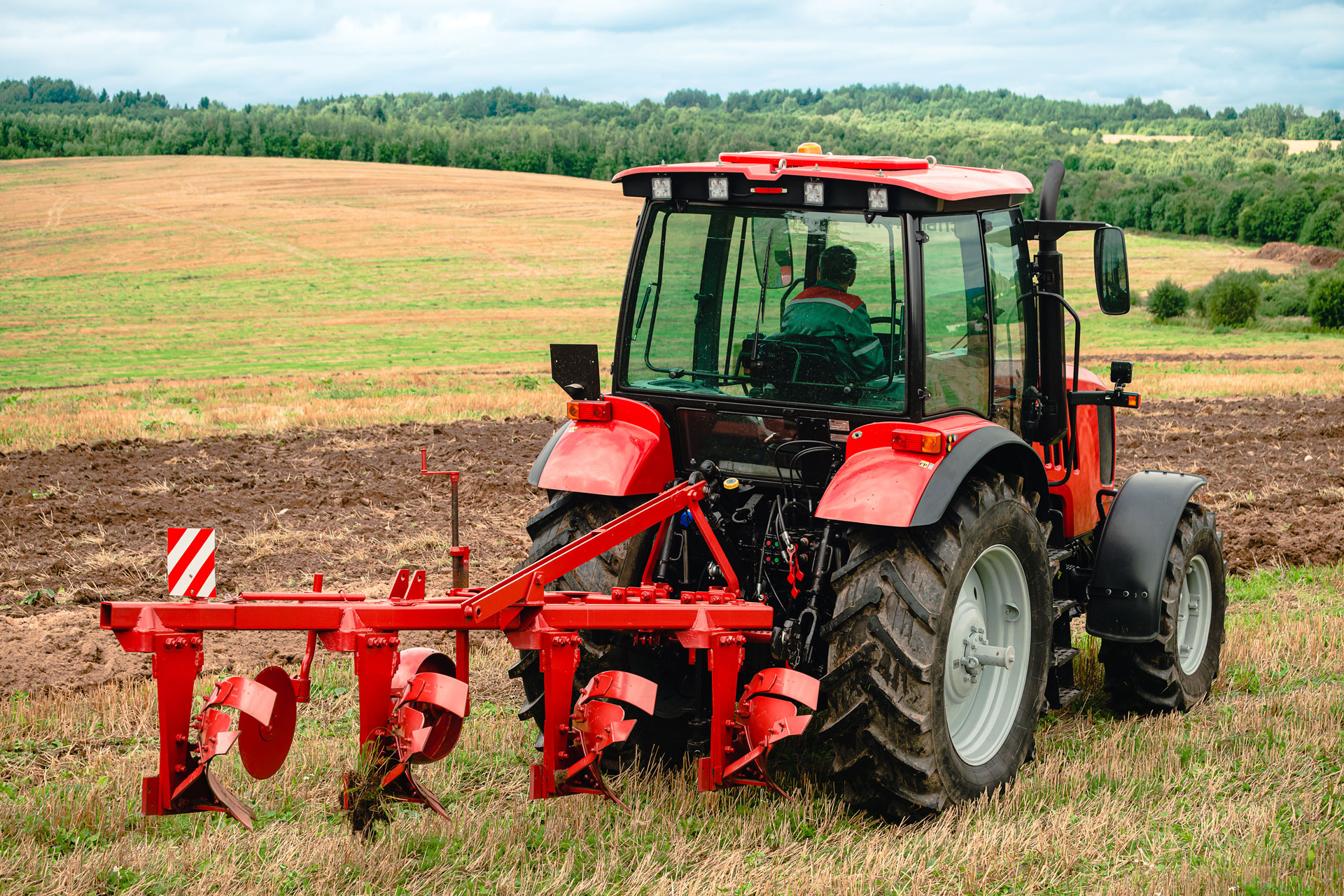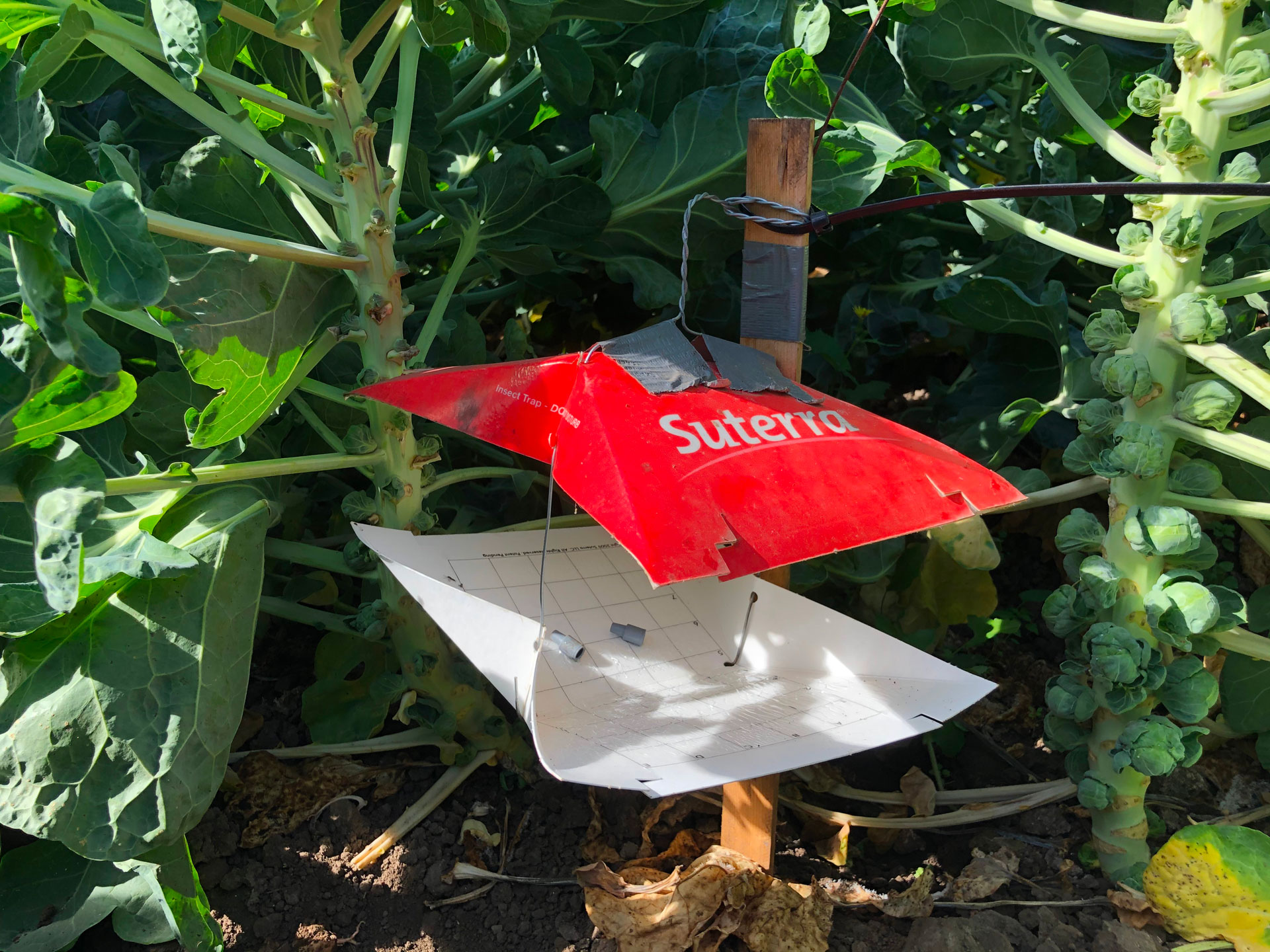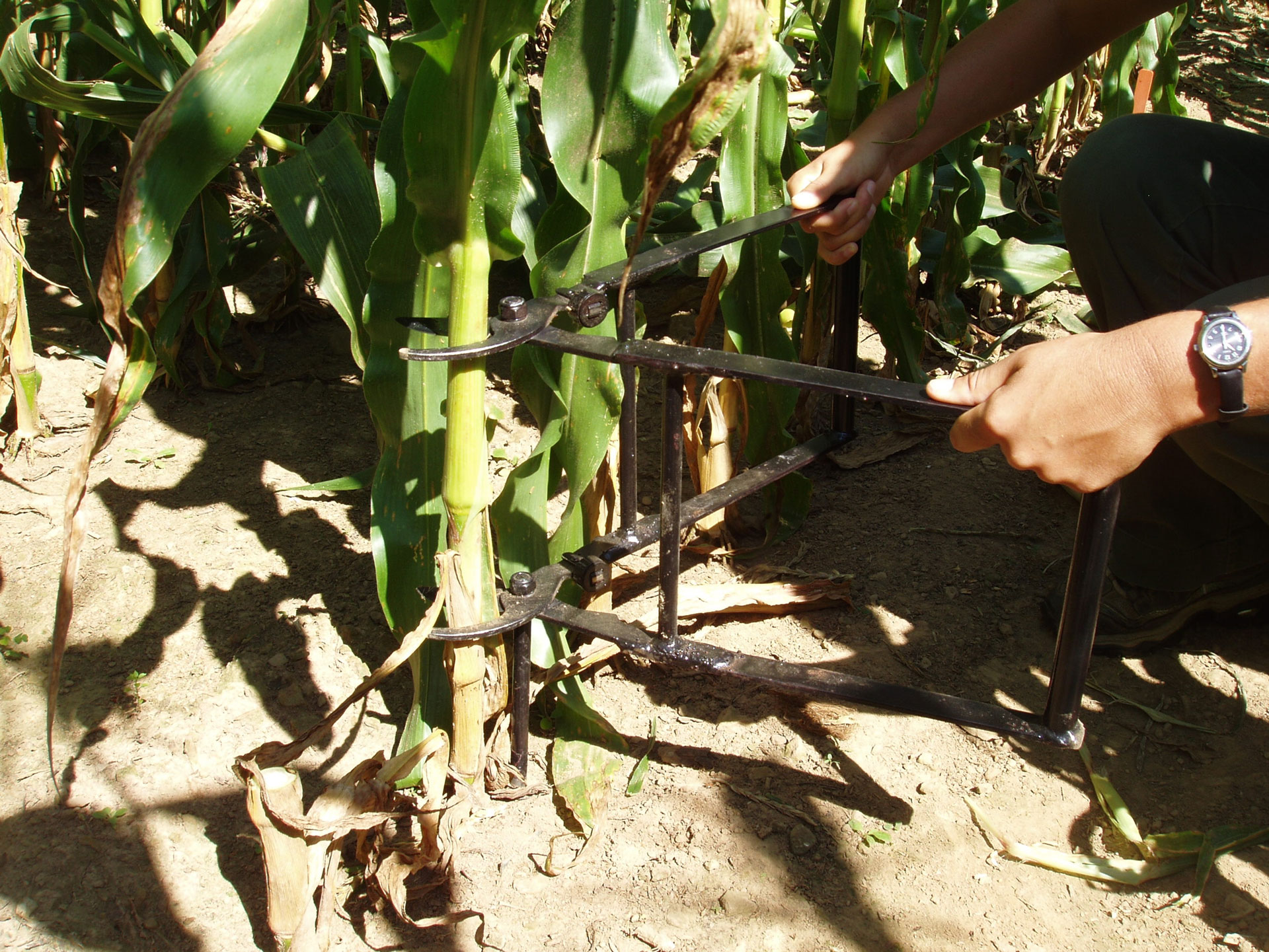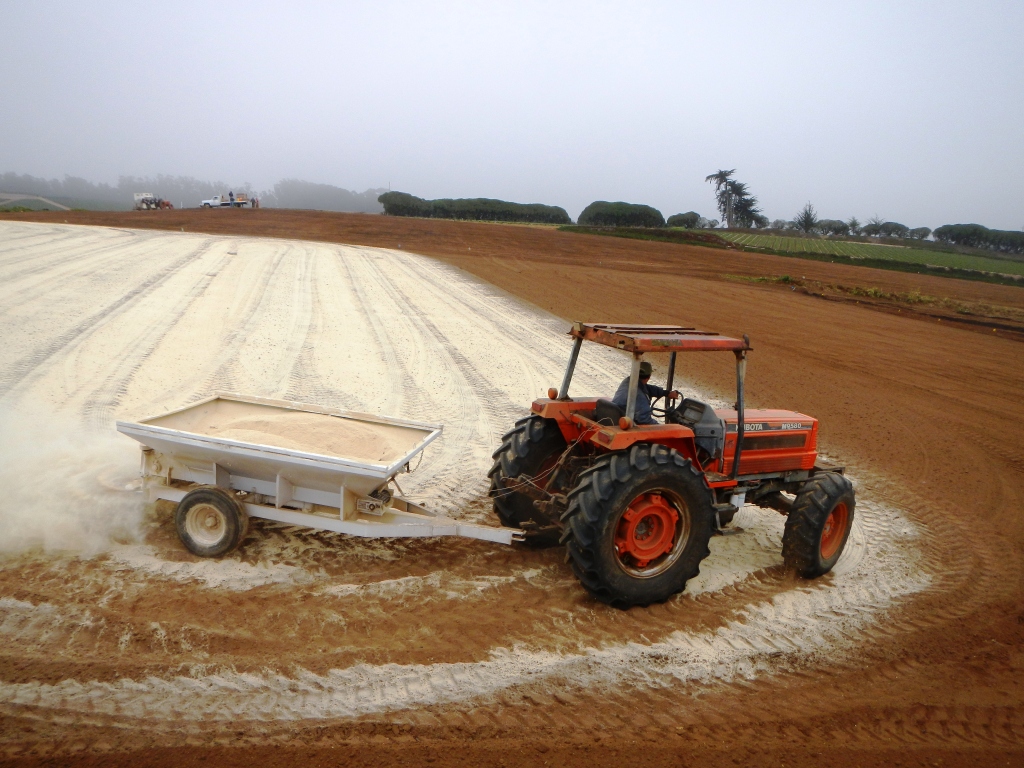
Anaerobic soil disinfestation (ASD) is a series of biological and chemical processes that occur when soil is made anaerobic with irrigation after a carbon amendment has been incorporated. But, like all biological processes, environmental conditions affect if and how rapidly the processes occur, which means that ASD does not work in all situations. Soil temperature, moisture, type and amount of carbon added all impact ASD effectiveness. Furthermore, the conditions needed for ASD to be effective depend on the specific pathogen(s) you are trying to control. So, while there are general principles to follow, specific ASD management guidelines need to be worked out for each region and pathogen. Here, we provide a summary of current knowledge for regions across the U.S.
ASD in California
In 2003-04, ASD was shown to be successful at suppressing Verticillium wilt in strawberries at the UCSC Center for Agroecology and Sustainable Food Systems. By 2010, a bed-treatment ASD system using 6 to 9 ton/ac rice bran as a carbon source was developed for control of V. dahliae (see Part 1 of this article in the June/July 2021 issue for details of typical steps for ASD implementation.) Work has since expanded to address control of other strawberry pathogens, and field trials for a variety of tree crop nurseries show promising results.
Commercial application of ASD began in 2011 and has been increasing. In 2019, 1,700 acres of mainly organic strawberries and cane berries were treated with ASD. Some organic strawberry nurseries also use a broadcast flat ground version of ASD. Rice bran has been the most popular carbon source used, but other options include wheat bran and waste materials like grape pomace, coffee grounds and wheat Midds (wheat millfeed).

Benefits of ASD in California:
- ASD suppresses Verticillium wilt in strawberries with our region’s late summer-fall soil temperatures (65 to 75 degrees F).
- Six to nine tons/acre of rice bran provides 70 to 100 lb/acre of slow-release plant-available nitrogen in the first six months, and a season-long supply of phosphorus, thereby reducing or eliminating the need for pre-plant fertilizers. Other materials with lower nitrogen content may require pre-plant fertilizer.
- Rice bran-based ASD provides fruit yields equivalent to fumigation, but see below for exceptions.
- Cover crop or crop residues can partially substitute for rice bran, reducing the cost of ASD, while still providing effective control.
- Addition of rice bran reduces the bulk density of clay soils and improves water infiltration and salt leaching.
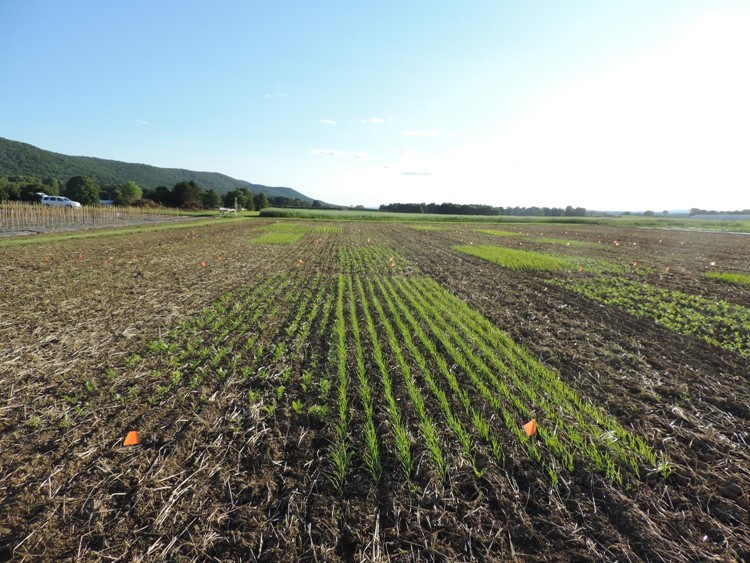
Limitations of ASD in California:
- High soil temperatures (>86 degrees F) are required for ASD to suppress Fusarium wilt of strawberries. If ASD is applied to a Fusarium-infested field in the fall, it can increase disease severity because at lower temperatures, Fusarium feeds on the rice bran before the anaerobic and beneficial bacteria are able to.
- Summer ASD using clear mulch to raise soil temperature and strong anaerobic conditions are needed to control Fusarium wilt.
- Temperature and anaerobic thresholds for ASD to suppress charcoal rot (Macrophomina phaseolina) are not established, but are likely higher than for Verticillium.
- The cost of rice bran is increasing ($350 to $380/ton in 2021), but less expensive materials look promising.
- ASD is not a silver bullet and should be used in combination with other tactics such as crop rotation and use of resistant cultivars.

ASD in Florida
Considerable work has been done on ASD in Florida for vegetables and cut flowers. Early research established that ASD using clear plastic mulch effectively controlled Fusarium oxysporum, root-knot nematodes, Phytopathora capsici and grass weeds in pepper/eggplant double crops. Using clear mulch is an issue since it must be painted or replaced for the crop cycle as temperatures under clear mulch are too high. Subsequent work in tomato, however, showed that opaque totally impermeable film (TIF) could be successfully used for ASD. Research is underway on ASD for strawberry with promising results.
Several commercial organic producers are using ASD for growing organic tomatoes, mixed specialty vegetables and cucumbers. Originally, sugarcane molasses was used as the carbon source for ASD, but cover crops, mustard seed meal, wheat and rice bran, corn gluten, citrus and beet molasses, and composted algae have all been investigated. So far, the combination of pelleted poultry litter and molasses is the most effective approach.
Benefits of ASD in Florida
- ASD consistently controls numerous soilborne plant pathogens, including root-knot nematode, and reduces weed pressure.
- For farmers who already use organic amendments, it fits easily into their production systems.
- ASD improves plant nutrition, results in higher fruit yields and maintains or improves quality.
- Compared to fumigation for tomatoes, ASD provided greater returns despite higher application costs.
Limitations of ASD in Florida
- ASD requires a large quantity of organic amendments. For growers who have not used organic amendments, the logistics of applying material to large acreage is a barrier to widespread adoption.
- Some pathogens, like Macrophomina, may require use of clear mulch during ASD to raise soil temperatures. Current research is addressing this question and the quantity of inputs needed for ASD in strawberry.
- A limitation for some is the use of plastic mulch at all. Different types of coverings that may be more sustainable are being investigated.
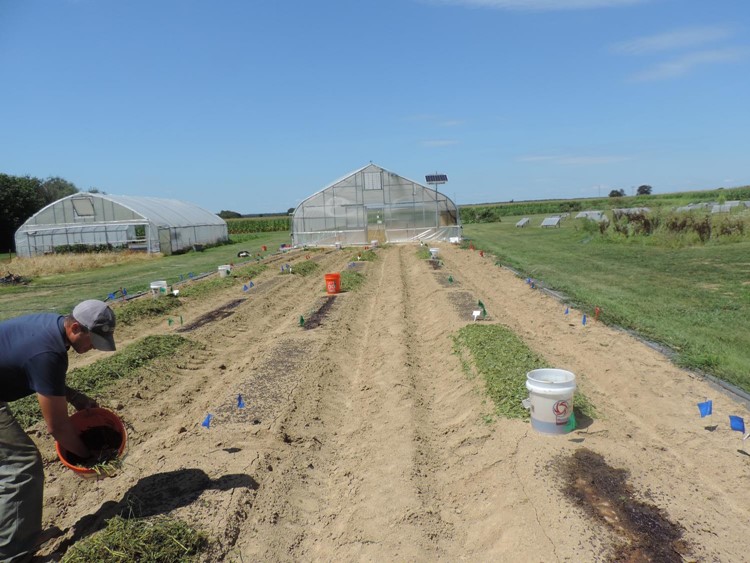
Southeastern U.S.
Research on ASD has focused on warm-season vegetables and cut flowers (TN), and recently strawberries (NC, TN). For warm-season vegetables, ASD is used to control southern blight (Sclerotium rolfsii) and Fusarium wilt (F. oxysporum) and is applied in early/mid-spring for open field production, and at variable times for protected culture. Strawberries are planted in the fall and removed in mid-June, providing an ideal time with high summer temperatures for ASD just before planting. The major focus for strawberries is control of black root rot (BRR) caused by a complex of Rhizoctonia and Pythium species. BRR can suppress yields by 20% to 40%.
Many agricultural by-products and plant residues can be used with ASD. One good option is a mixture of dry molasses, soybean hulls and wheat bran. This mix provides sufficient decomposable organic compounds to drive fermentation, a moderate C:N ratio that simplifies crop fertility management, is widely available and improves physical properties of high-clay soils typical in the region. Generally, by-products that have small particle sizes, contain decomposable organic compounds and are locally available for low cost will work for ASD. Crop and cover crop residues also work, but particle size and decomposability vary depending on mowing/chopping equipment, crop species and growth stage. On-farm studies have been conducted with organic and conventional growers, but commercial adoption is limited to organic fresh-market high tunnel tomato production.
Benefits of ASD in the Southeast
- ASD suppresses various soilborne pathogens and enhances vegetable yields.
- Beneficial biocontrol and biostimulant soil fungi are enhanced post-ASD, including populations of Trichoderma spp. and colonization of crop roots by mycorrhizal fungi.
- ASD suppresses BRR and improves strawberry yield, performing similarly to fumigation.
- There is good evidence of winter annual weed suppression by ASD.
Limitations of ASD in the Southeast
- For open-field vegetables, ASD done in early/mid-spring will not control Fusarium because soil temperatures are too low, but in high tunnels or greenhouse systems, there are options for ASD when soil temperatures are higher.
- ASD is knowledge and management intensive. Variables to manage include type and amount of carbon to add, methods of incorporation and timing of application.
- Crop fertility management must be adjusted depending on the nitrogen content of the carbon source used (detailed plant management information is available on the NC State strawberry grower portal.)
- Planting date is critical for strawberries. Planting two weeks late can reduce yields by 50%. If excessive rain events occur, there may not be time to do ASD prior to planting.
Cost of carbon inputs, transportation, labor and management can be higher than other less intensive systems.

Northeastern U.S.
Research on ASD began in 2019 in Pennsylvania for controlling northern root-knot nematodes (Meloidogyne hapla), tomato white mold (Sclerotinia sclerotiorum), Verticillium and Fusarium wilt, especially in high tunnel vegetable systems where diseases are more severe than in open fields. Questions being addressed are how to integrate ASD into current production systems, what the best times for application are and what locally available carbon sources are effective for ASD.
ASD is being tested by high tunnel fresh-market tomato growers looking to improve soil health and manage soilborne pathogens. However, there is limited information available on how to optimize ASD for these systems. Recent work found that a buckwheat cover crop could be effective either as the sole carbon source for ASD or in combination with molasses. Other work is testing fresh vegetable residues, brewer’s spent grain, wheat Midds, spent mushroom compost and grape pomace as carbon sources, with wheat Midds showing particular promise.
Benefits of ASD in the Northeast
- ASD addresses emerging soilborne pathogens, enhances soil health and provides nutrients to the following crop.
- It can be integrated with other biological strategies such as cover crops and grafted plants.
- Limitations of ASD in the Northeast
- The main limitation is the short window of time available for application of ASD in typical crop rotations. Based on soil temperatures, the best times to apply ASD are late summer to early fall after an early tomato crop. However, ASD cannot be done immediately before establishing the tomato crop due to low soil temperatures (<60 degrees F) over the winter.
For more specific information on how to manage ASD in your area, please check out the resources below, or contact the authors of this article.
Additional Resources
California:
The Shennan Lab website
https://shennanlab.sites.ucsc.edu/home/page-builder/alternatives-to-soil-fumigation/
ASD YouTube video
https://youtu.be/uxHs2eM7YzY
UCCE Ventura County Strawberry website
http://ceventura.ucanr.edu/Com_Ag/Strawberry/
Florida:
UF IFAS ASD webpage
https://floridafoodandag.com/new-home/anaerobic-soil-disinfestation-asd
Southeastern U.S.:
Introduction to ASD as a Fumigant Alternative https://extension.tennessee.edu/publications/Documents/SP765-A.pdf
Implementing ASD in Tennessee
https://extension.tennessee.edu/publications/documents/sp765-b.pdf
Northeastern U.S.:
ASD in High Tunnel System YouTube video Part 1
https://youtu.be/dx8xU1CDxKc
YouTube video Part 2
https://youtu.be/pg4POlMAHTo
The Sustainable Flowers Podcast on ASD
https://sustainableflowerspodcast.libsyn.com/anaerobic-soil-disinfestation-working-with-soil-organisms-to-control-pests-and-disease-in-hoophouses

